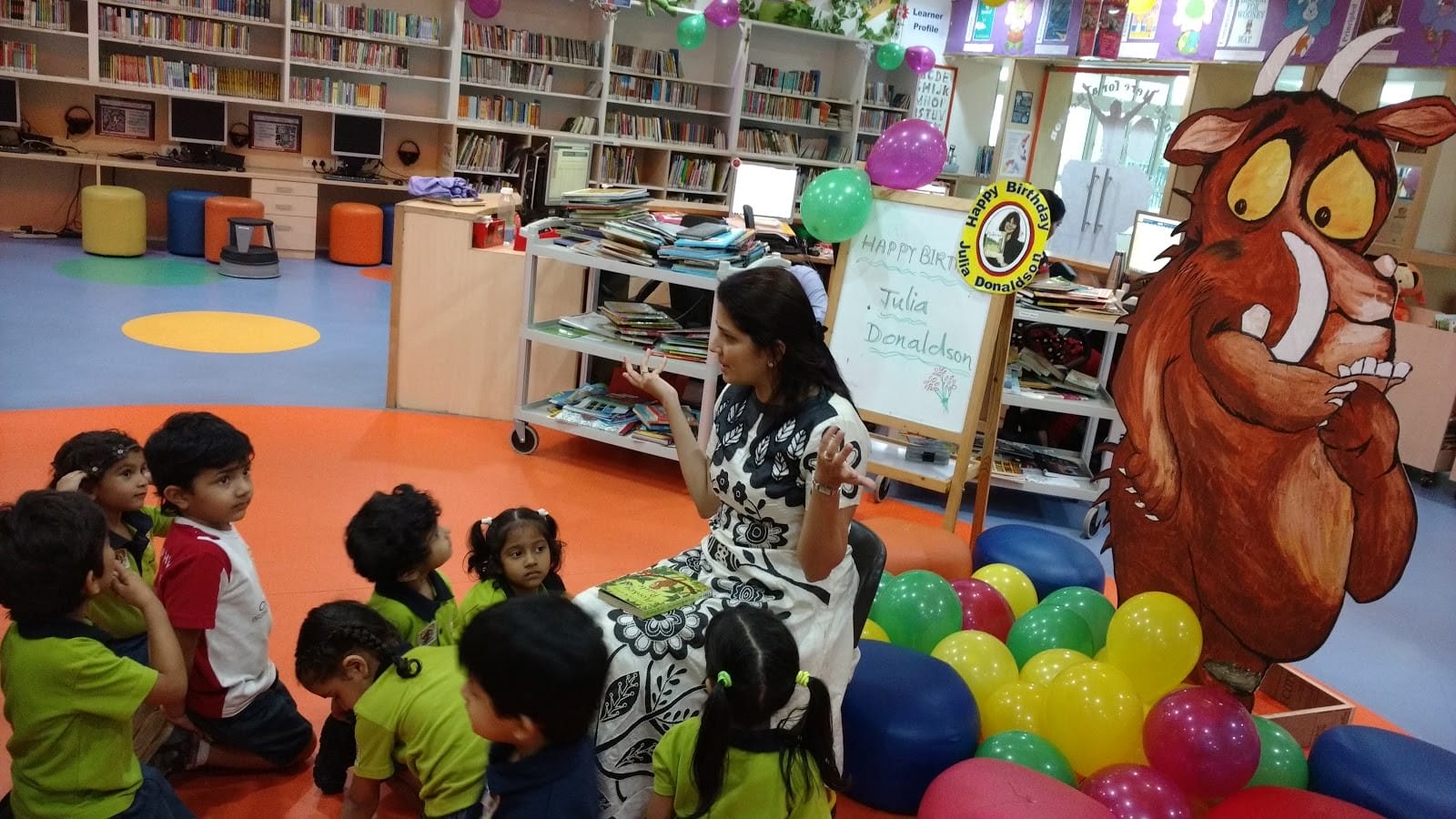SPACE-CRAFT – designing a library space
As librarians, we need to seek options, and best alternatives to create welcoming spaces which empower, ignite, evoke students to explore, wonder, observe and learn by associating themselves with the library space. Space can subtly infuse a sense of belongingness. How can librarians do that? According to Traci Engle Lesneski “ Libraries can create children’s areas that provide a layered experience that works for youngsters of many ages and that offers multiple ways for children to learn and achieve”.
We can act upon this by thinking about perspectives and principles:
- Simple, Beautiful and Attractive: The aesthetic aspect of design needs to have its base in making space simple, comfortable and attractive. Why simple because it gives more flexibility for the movement of children as well as resources including furniture. Children get attracted to unique bright colours, shapes and enough space. This aspect further needs to be blended by safety. For example, we usually think of the furniture and accessories within these spaces, that are generally soft, smooth rounded edges with curves near angles instead of sharp, pointed ones.
- Delight in the present: “Delight in the present”, says John Scottus. Space should be reachable by children. The height of furniture should not be a barrier to access resources within. The area should have a provision to make resources visible, identifiable and vocal equipped with attractive guides and signages. Here natural light plays a significant role. Young children and teenagers, sometimes associate themselves with either book characters or a theme. Therefore, you may find library spaces lively with a theme making it delightful for children, parents, and caregivers connecting books, resources and people. In a nutshell, it should be a place to rest the body, soul, and mind. A wellness space.
- Fill in the Blanks: This area usually has a room or scope for the student to create, associate and fill in the blanks. Children being imaginative, look for space, generally a corner, or a thematic based area which immediately gives them the opportunity to relive their ideas, and are often seen engaged with their concept of the surrounding theme. This area should provide the librarian with a chance to capture the reaction and action of children which is spontaneous when using the space differently than we had imagined.
- Space for Accomplishment and Celebrations: Libraries should have an area for appreciation or a celebration of what children create and achieve; this strengthens their association and ownership towards the library. It could be an accomplishment in reading, designing, building, making, and collaborative presentations.
- Sense and sensitivity: A space that engages all senses – sight, smell, touch, hearing, and even taste. Learning activities and engagements designed sensitively to create a memorable experience by engaging children to use all of their senses. One could also include a digital product like a navigation floor map integrated with touch and sound output.
- Relax and Refuge: Students need space to relax and rest their body and minds. Not much to think and but to rejuvenate their energy to get back into action. Small pockets of comfortable seatings like soft cushions, moveable/wobbling poofs, bean bags or a bed near the window.
- Varied Levels of Experiences: Space should encourage a range of experiences with a variety of challenges for different ages and abilities. Space should be embedded with technology to teach, explore and engage. All age groups can immerse themselves in state-of-the-art interactive installations like projected art that responds to movement. The library space should have provision for multiple student engagements. The library area should blend and balance both physical and digital resources complimenting each other.
 To conclude, we need to have a shared learning hub to inspire students to connect and help them construct new knowledge and meaning. According to Beth Holland, “ Libraries become a different kind of learning destination when schools reimagine them as open, transparent spaces that invite student communication and collaboration.”
To conclude, we need to have a shared learning hub to inspire students to connect and help them construct new knowledge and meaning. According to Beth Holland, “ Libraries become a different kind of learning destination when schools reimagine them as open, transparent spaces that invite student communication and collaboration.”
Blog post by Anil Mane.


